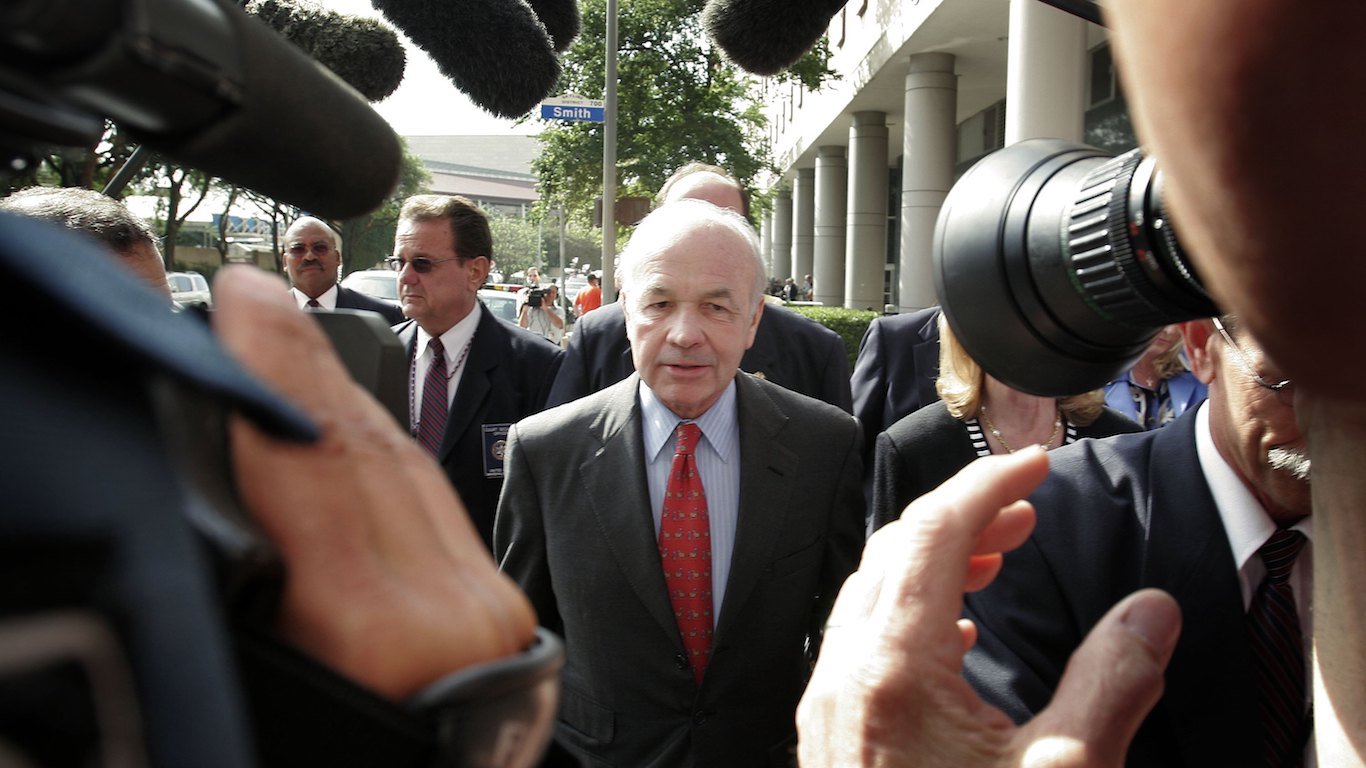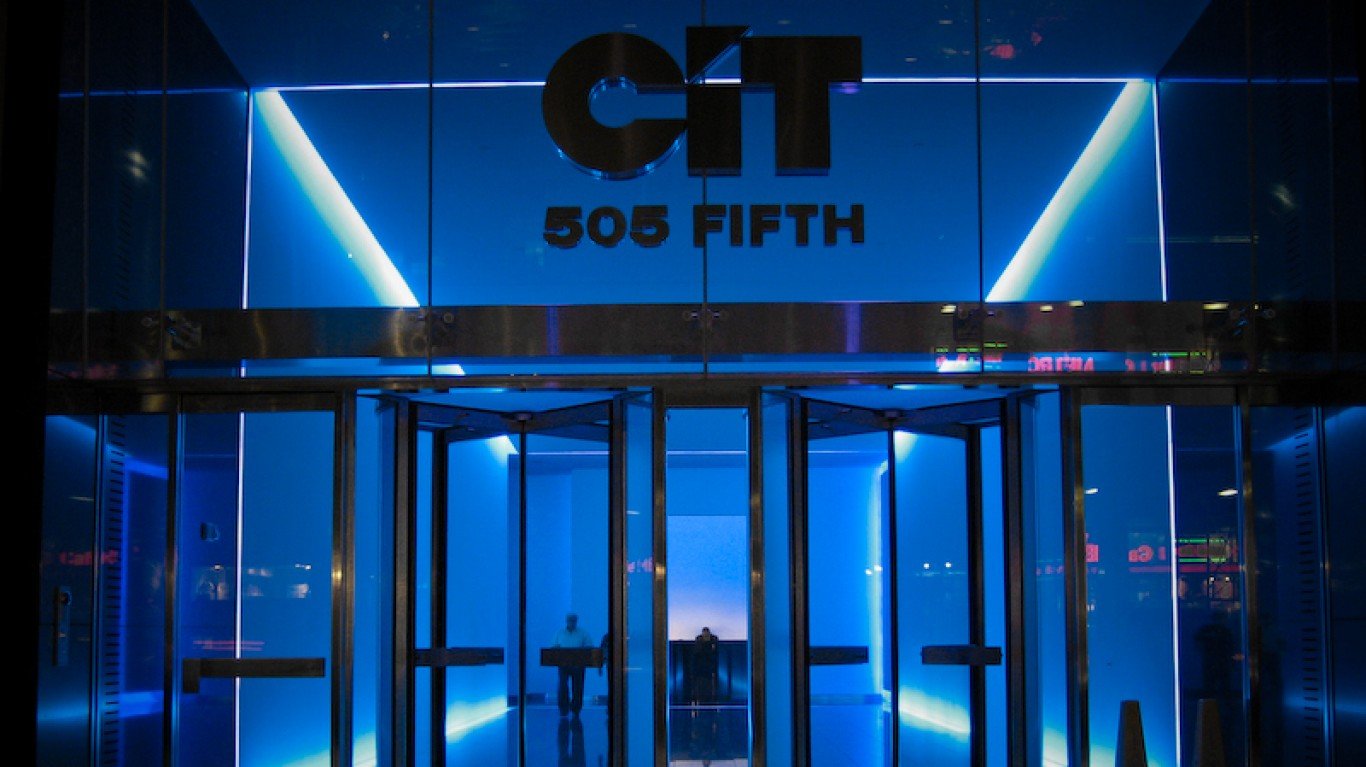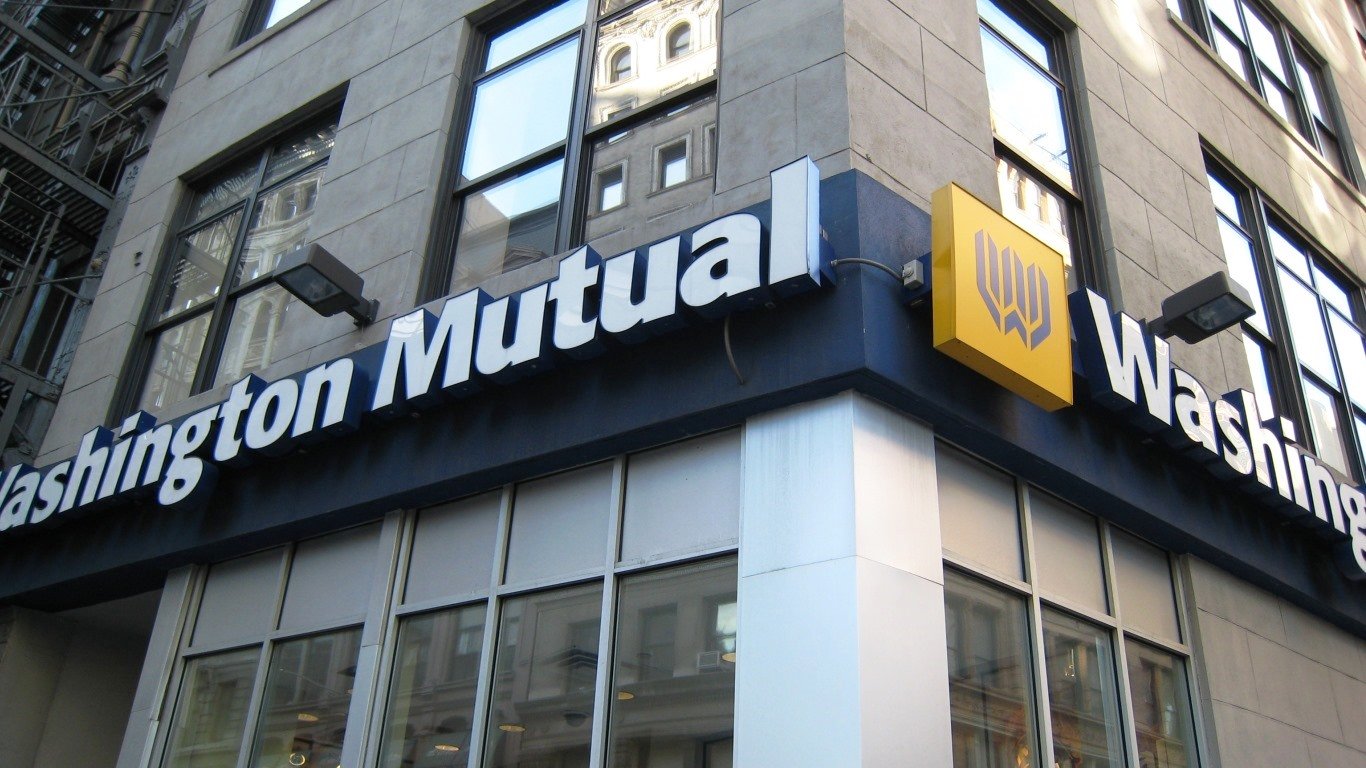

Northern California natural gas and electricity provider PG&E Corp. (NYSE: PCG) recently announced its intention to file for bankruptcy protection under Chapter 11 of the U.S. bankruptcy code. If that happens — as seems inevitable — the value of the filing may approach the size of the utility company’s 2001 bankruptcy on some $36 billion in assets.
U.S. bankruptcy protection comes in two primary flavors: Chapter 11, which protects the firm’s assets while it reorganizes its business and negotiates with its creditors, and Chapter 7, which liquidates the firm’s assets to pay its creditors.
A single recent example illustrates the difference. Toy retailer Toys “R” Us initially filed for Chapter 11 protection in September 2017 and secured $3 billion in what is known as debtor-in-possession financing to keep the company operating through the coming holiday season. In March of 2018, when it became clear to creditors that the holiday season was a disaster, they forced the toy store to liquidate and the last store closed in mid-May. The company ended up paying about $180 million to suppliers who were owed some $800 million, less than 25 cents on the dollar.
And while the Toys “R” Us bankruptcy was one of the largest ever retail bankruptcies, it isn’t even in the running for a top 10 or even top 50 listing. The really big numbers are reserved for failed banks and automakers that were buried in the financial crisis of 2008. Six of the 11 largest U.S. bankruptcies of all time were directly related to the financial crisis.
Here’s a list of the 11 largest U.S. bankruptcies of all time. We’ve included the date of the bankruptcy file, the type of filing and the value of the company’s assets at the time of bankruptcy filing, along with a brief description of how it all went down.
Click here to see the 11 largest bankruptcies of all time.

11. PG&E
> Date of filing: April 6, 2001
> Type of filing: Chapter 11
> Asset value: $36.15 billion
PG&E Corp. (NYSE: PCG) is the name of both a holding company and the utility owned by that company the supplies electricity and natural gas to northern California homes and businesses. The company was pummeled by rising costs of electricity in the summer of 2001, caused in part by price manipulation in the market. The state bailed the company out but it cost Governor Gray Davis his job and led to Arnold Schwarzenegger’s election to the post.
[in-text-ad]

10. Thornburg Mortgage
> Date of filing: May 1, 2009
> Type of filing: Chapter 11
> Asset value: $36.52 billion
Thornburg Mortgage was an early victim of the collapse in housing prices. It was forced to restate its fiscal 2007 results and in 2008 could not raise enough cash to meet margin calls totaling some $610 million. Thornburg never recovered after several creditors demand payments totaling nearly $950 million in March of 2008.

9. Chrysler
> Date of filing: April 30, 2009
> Type of filing: Chapter 11
> Asset value: $39.94 billion
The U.S. government took over ownership of Chrysler and GM in March 2009 in exchange for bailout funds to keep the two automakers open following the debacle known as the financial crisis. The feds eventually forced Chrysler to accept a merger offer from Italy’s Fiat. In all, Chrysler received $12.5 billion in federal bailouts and repaid $11.2 billion of it.

8. MF Global
> Date of filing: October 31, 2011
> Type of filing: Chapter 11
> Asset value: $40.54 billion
MF Global Holdings was the global commodities trader run by former New Jersey Governor and U.S. Senator Jon Corzine. The firm got tangled up in currency trades that spooked its customers, leading to withdrawals and a cash shortage due to over-exposure to “repo” transactions, sales of securities at a given price with an agreement to buy them back at a later date for a higher price.

7. Conseco
> Date of filing: December 17, 2002
> Type of filing: Chapter 11
> Asset value: $61.39 billion
Conseco was an insurance and finance company at the time of its filing and was able to negotiate a deal with its bondholders that made them the owners of the surviving company for about $1.9 billion in equity. Policyholders did not lose any cash, but holders of common stock received nothing.
[in-text-ad]

6. Enron
> Date of filing: December 2, 2001
> Type of filing: Chapter 11
> Asset value: $65.5 billion
The poster child for accounting fraud in the United States. Enron’s price manipulation was instrumental in the PG&E bankruptcy of 2001, and it was this company’s criminal behavior that led to the tightening of reporting requirements for U.S. corporations under the Sarbanes-Oxley Act of 2002. Four company officials were convicted of conspiracy, fraud and insider trading, including the chief executive officer, the chief operating officer, the chief financial officer and the CEO of one of the company’s divisions. The collapse of Enron also brought down its accounting firm, Arthur Anderson.

5. CIT Group
> Date of filing: November 1, 2009
> Type of filing: Chapter 11
> Asset value: $80.45 billion
The financial services firm offers both commercial and consumer banking that got caught in the subprime mortgage lending fiasco. It quickly became a bank holding company and received some $2.3 billion in federal bailout funding. CIT exited bankruptcy just over a month after it first filed for protection.

4. General Motors
> Date of filing: June 1, 2009
> Type of filing: Chapter 11
> Asset value: $91.05 billion
General Motors Corp. (NYSE: GM) is the largest U.S. industrial corporation ever to file for bankruptcy protection. The company received a federal bailout $68.2 billion in 2009 ($51 billion for the automaker and the remainder for its GM financing arm). After all the arithmetic was finished, the bailouts of GM ended up costing U.S. taxpayers some $8.9 billion.

3. Worldcom
> Date of filing: July 21, 2002
> Type of filing: Chapter 11
> Asset value: $103.91 billion
At one time, Worldcom was the second-largest telecom provider in the United States. In 2000, however, then-CEO Bernard Ebbers ran into some difficulty when presented with a margin call on his personal investments. One thing led to another, Ebbers was replaced and an accounting scandal eventually led to Worldcom’s demise.
[in-text-ad]

2. Washington Mutual
> Date of filing: September 26, 2008
> Type of filing: Chapter 11
> Asset value: $327.91 billion
Washington Mutual was a savings bank and savings and loan association until a 10-day bank run saw depositors withdraw more than $16 billion in June of 2008. That forced the federal government to put the bank in receivership, which resulted in JPMorgan’s purchase of most of the bank’s branches. The savings bank was founded in 1889.

1. Lehman Brothers
> Date of filing: September 15, 2008
> Type of filing: Chapter 11
> Asset value: $691.06 billion
The first — and largest — of bank failures, the once-mighty investment bank invested heavily in subprime mortgages, and when the value of those assets went to zero, Lehman had no choice but to close the 158-year old bank. Bits and pieces of the company remain among other financial firms like Barclays and Nomura Securities. The bank’s failure was the subject of a book and movie both titled “Too Big to Fail.”
Take This Retirement Quiz To Get Matched With An Advisor Now (Sponsored)
Are you ready for retirement? Planning for retirement can be overwhelming, that’s why it could be a good idea to speak to a fiduciary financial advisor about your goals today.
Start by taking this retirement quiz right here from SmartAsset that will match you with up to 3 financial advisors that serve your area and beyond in 5 minutes. Smart Asset is now matching over 50,000 people a month.
Click here now to get started.
Thank you for reading! Have some feedback for us?
Contact the 24/7 Wall St. editorial team.
 24/7 Wall St.
24/7 Wall St.


